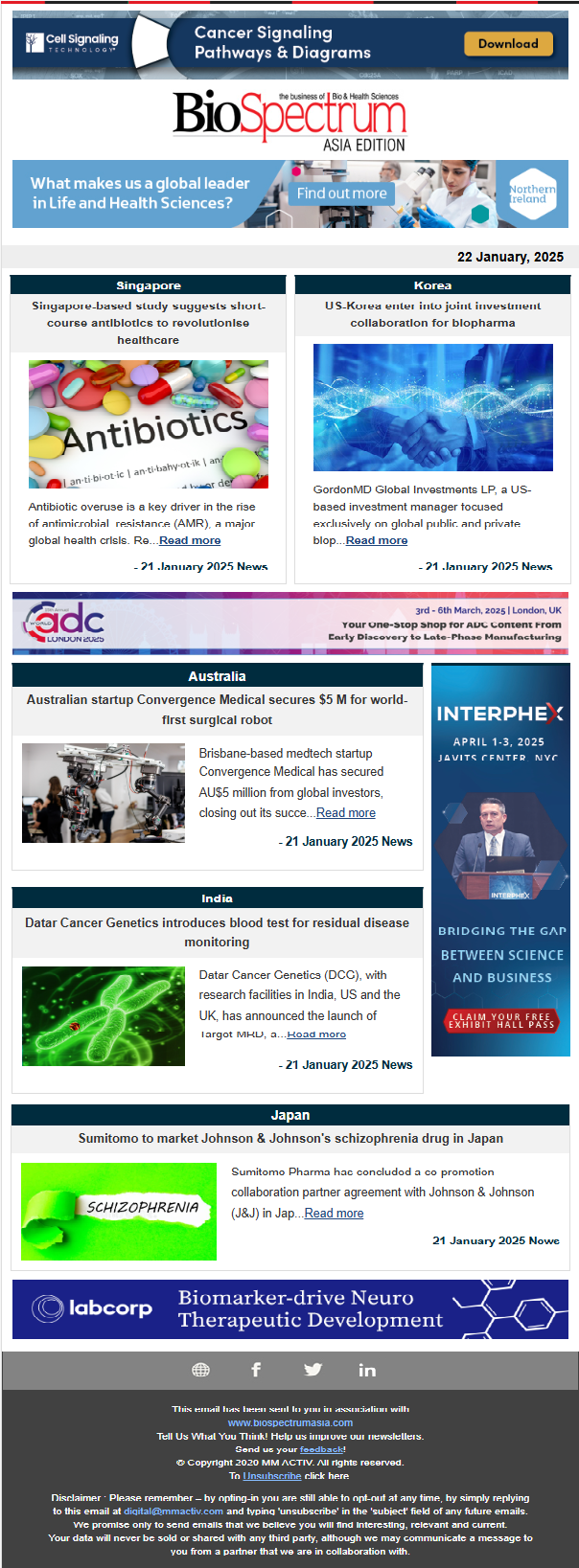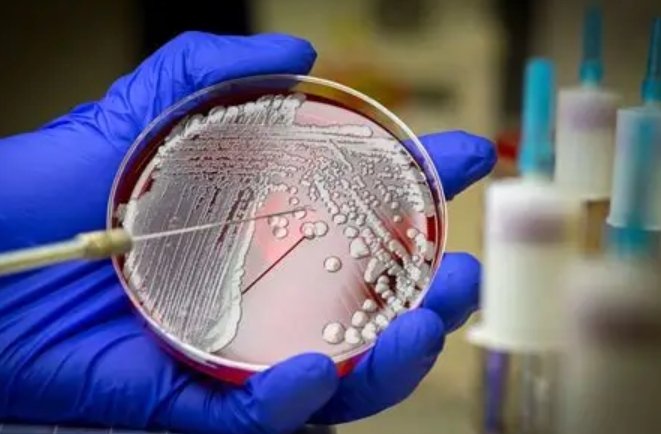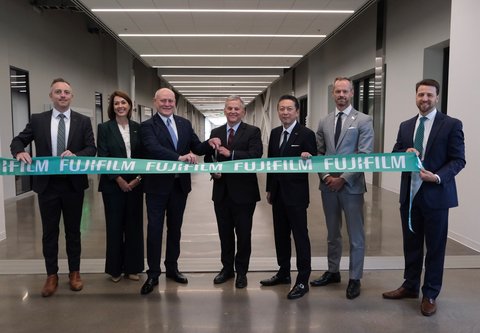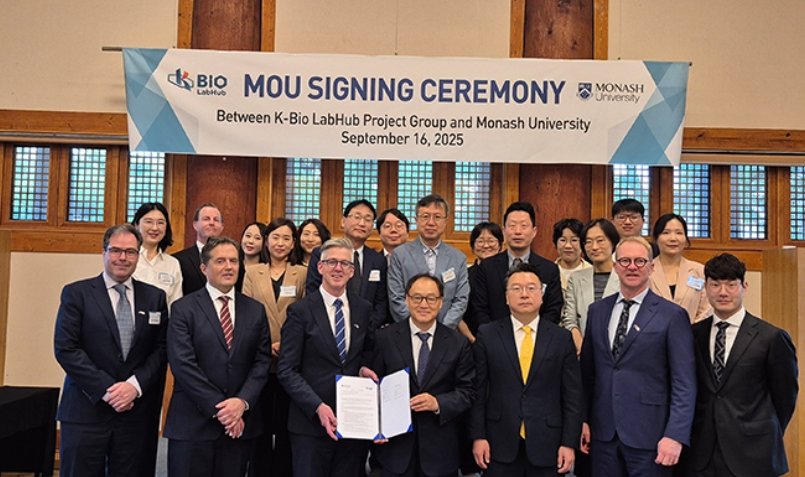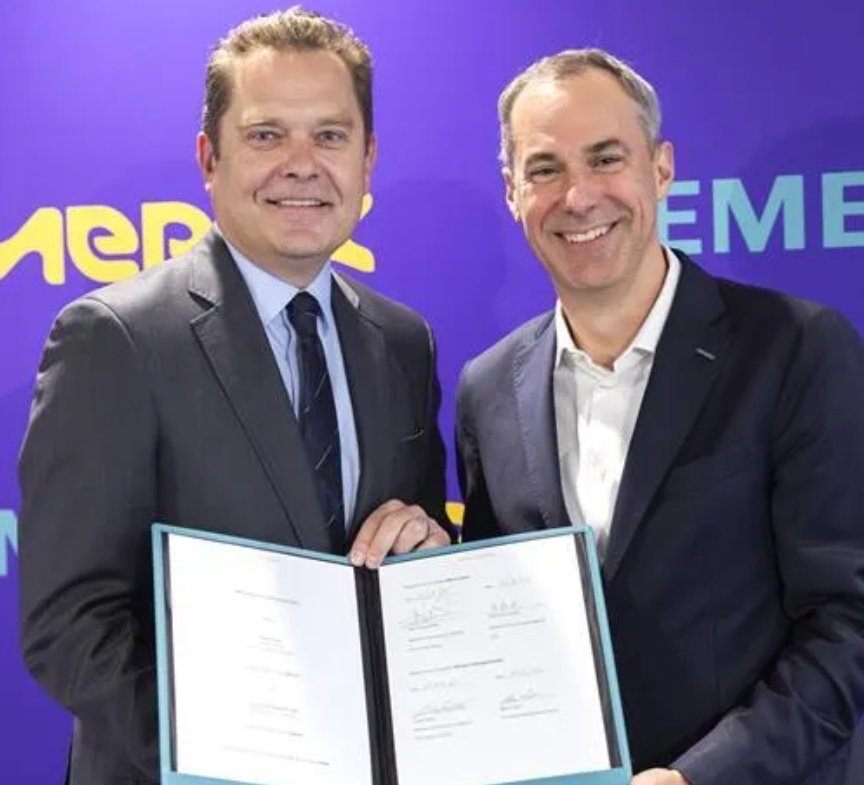
Image credit- nanographene.org
A team of scientists at Nagoya University, Japan has introduced substituted warped nanographene, which is soluble in a broad range of solvents while maintaining its photophysical properties.
Graphene and its nano-sized little sibling, nanographene, are well known for their remarkable photoelectronic properties. However, biomedical applications are hampered by the insolubility of the materials, especially in water.
The new structure is biocompatible, but upon irradiation it kills its host cell. This effective photosensitization behavior could inspire future research in photodynamic cancer therapy.
These second-generation nanographenes combine the remarkable optoelectronic properties of graphene with biocompatibility. The researchers believe that these nanographenes may well play a future role in bioimaging, photodynamic therapy, and similar applications.
